
There are 3 different types of Nile cards. Depending upon type, they are used in different phases:
anytime: The player may use this card at any time on one of his turns. Afterwards, he returns it to the box.
permanent: These cards are valid for the entire game and are placed face-up in the player's play area. Grain fields and quarries are also permanent cards.
immediately: The player must use this card immediately and completely. Afterwards, he returns it to the box.
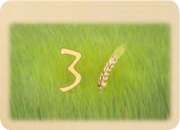
Green grain field: is always watered and will always feed the player's construction crews.
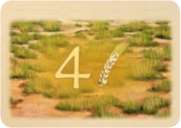
Yellow-green grain field: will feed the player's construction crews only if the water ring is in the center or on the right.
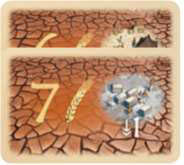
Brown grain field: will feed the player's construction crews only if the water ring is completely on the right.
6+7: additionally, immediately, and only once: the player moves his marker on the stone or grain market 1 space downward.
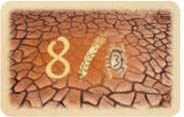
8: additionally, immediately, and only once: the player scores 3 points.
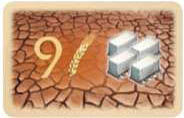
9: additionally, immediately, and only once: player adds 4 stones to the stone marker on his player tableau.

Before the next player takes his turn, the player may place a second ship.
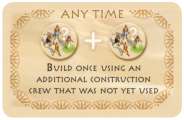
The player may use 2 yet unused construction crews plus possibly his Joker construction crew.
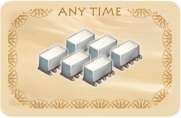
The player adds 6 stones to his stone marker on the player tableau.
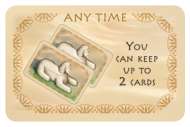
The player may keep 2 cards from the sphinx.
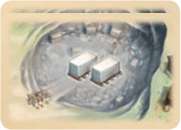
Quarry: this gives the player extra stones in each round. With this quarry, there are 2 more.
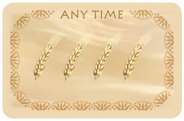
The player can use the card as 4 grain when feeding his crews.

Exampe:
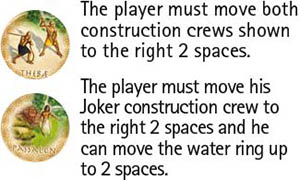

The player can add 3 strength to a construction crew, which he uses.
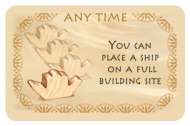

Red can build when speculating.
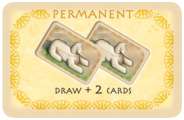
The player may draw 2 additional sphinx cards (maximum still 5). He pays no stones for the additional cards. He may draw just 2 cards and use 0 stones.
This can only be used if the player has a ship on a building space of the sphinx.
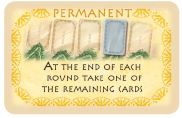
The player may take one of the cards remaining on the Nile at the end of each round.
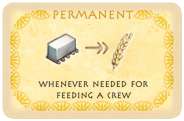
Each round, the player can spend 2 stones from his tableau to move one of his construction crew to the right 1 space on his tableau. He can even do this after the feeding phase.
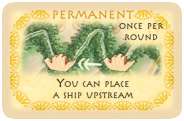
Once per round, a player may place a ship upstream (closer to the Nile source), than his last ship. Afterwards, the normal rules apply.

On each building site where the player has a ship, he builds first. If he has a speculative ship, all players may build. Keep the card in play area until all builds are done.

The player can sell stones for 1 point per stone up to 10. He does not have to fulfill the usual stone sales condition.
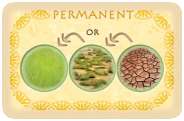
The player allocates this card to one of his grain fields and thereby improves its ability to produce by 1 level in all cases for the entire game.
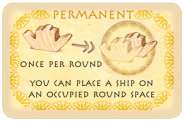
Once per round, the player may place one of his ships on a round space that already has a ship (even his own). He may not place a ship on the last gray bordered space.

Each round, the player may move one of his construction crews (his choice) one space to the right (even after the feeding phase).

The player may exchange stones for grain at the rate of 1:1 in order to feed his construction crews (he reduces stones accordingly).

The player adds this card during the final scoring to his collected grave tiles.
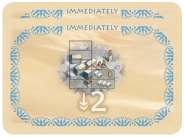
The player moves his stone or grain market marker 2 spaces downward.
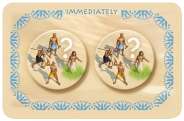
The player moves 2 of his construction crews (his choice) on his tableau 1 space to the right or one of his crews 2 spaces to the right.

The player must move the two shown construction crews on his tableau 1 space each to the right.
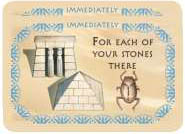
The player receives 1 point for each stone in the shown buildings.
Continue Reading
